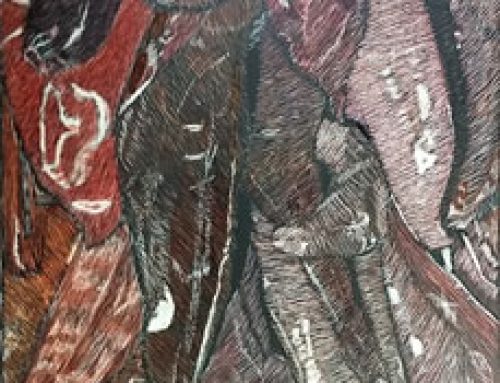Basis 1 (mathematical): 1 secang = 1 radian
Basis 2 (conventional): 100 secir = 2π secang
The secang was the result of a mathematical convenience discovered on all worlds not long after their discovery of π (whatever they call it). It is the angle formed by a wedge whose two straight legs, vertex at circle center, are each equal to the radius of the circle, and the length of the arc is also equal to the radius of the circle; the resulting angle is the secang — of which there are 2π in a circle.
The second basis was chosen as a matter of general convenience after long negotiation. Given the number base chosen, it was decided it would be easier for the purposes of mapping worlds and other similar tasks if cardinal measurements (not π) could be the basis. Debate raged about which power of ten to use as primary divisions. 101 necessitated a too-great reliance on subdivisions, and 103 resulted in too fine a granularity that wasn’t much more convenient than secangs. By compromise, 102 was picked as the standard divider.
When a zero division is chosen, all other secangs and secirs progress in a rightward (clockwise) fashion. (Conventionally, though in no way a requirement, the zero line is usually positioned at the 12 o’clock radius.)





